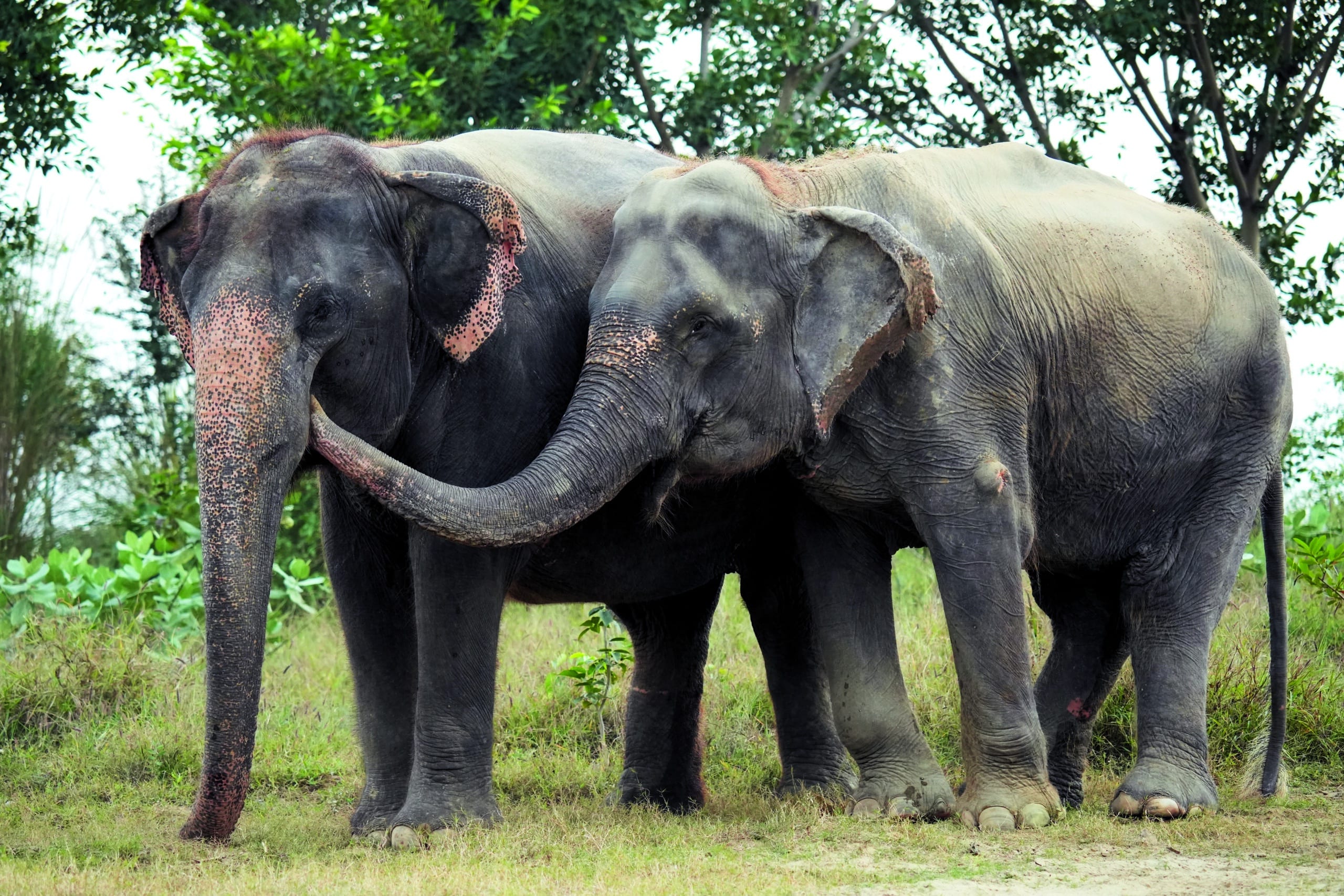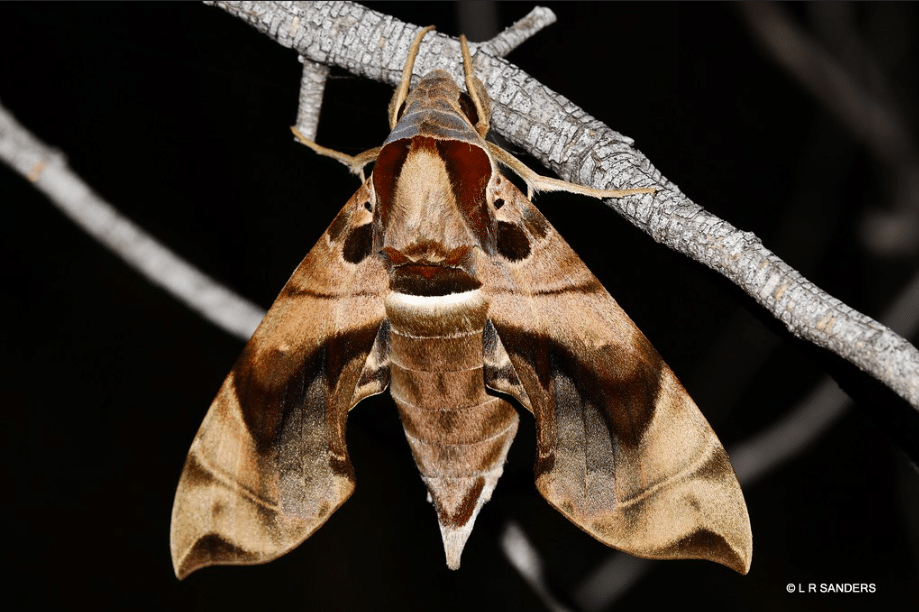You might remember Kalpana—I am happy to report that this year she celebrates her fifth rescue anniversary at Wildlife SOS. Formerly exploited and abused as a ‘begging’ elephant in Uttar Pradesh, Kalpana was rescued in 2019 and brought to the Wildlife SOS Elephant Hospital Campus (EHC) in Mathura for comprehensive...
Wellington in New Zealand was the backdrop to a meeting of the world’s albatross and petrel experts last week. These magnificent seabirds are the world’s most imperilled group of birds. The gathering included Humane Society International’s resident seabird expert Nigel Brothers.
In 1991 Nigel was one of the first scientists to blow the whistle on the huge mortality of albatross and petrels caused by the world’s tuna fleets with his seminal article ‘Albatross Mortality and Associated Bait Loss in the Japanese Longline Fishery in the Southern Ocean’ (Biological Conservation 55: 255- 268). Longlines set to catch tuna are kilometres long with thousands of baited hooks on which seabirds get caught and drown.
Sadly, the death toll Nigel highlighted a quarter of a century ago continues today in most of the world’s tuna fisheries. While the Commission for the Conservation of Antarctic Marine Living Resources (CCAMLR) responded magnificently in promptly introducing and maintaining effective mitigation measures that have reduced seabird deaths to near zero in licenced toothfish fisheries and other measures that have all but eliminated fishing by unlicenced illegal fishers, tuna fisheries organisations have responded frustratingly slowly and ineffectively. The failure of the Commission for the Conservation of Southern Bluefin Tuna (CCSBT) to introduce effective mitigation measures is particularly disappointing.
Nigel and fellow experts met as the Advisory Committee to the Agreement for the Conservation of Albatross and Petrels (ACAP) which falls under the UN Convention for Migratory Species. Their role is to provide the international community with the latest trends on albatross and petrel populations and to recommend measures to conserve them.
21 of the 31 species covered by the Advisory Committee to the Agreement for the Conservation of Albatross and Petrels are at risk of extinction. Image: Nigel Brothers
Nigel had very little good news to report from the Wellington meeting on the conservation status of these beautiful ocean going birds.
There are 31 species covered by the Agreement, 21 of which (68%) are believed to be at risk of extinction. Four species are critically endangered, five endangered, 12 vulnerable, and eight near threatened. Twelve (40%) on the list are in decline, eight are believed to be increasing with a further eight (27%) stable. This is a serious conservation situation.
The alarming decline of Antipodean albatrosses resulted in it being the ninth species to be added to the agreement’s Priority Population List. South Atlantic populations of Black-browed, Grey-headed and Wandering albatrosses were all reported to be continuing their decline and evidence presented from at-sea tracking studies revealed a clear connection between these declines and an overlap with certain tuna longline fisheries.
Nigel Brothers was one of the first scientists to blow the whistle on the huge mortality of albatross and petrels caused by the world’s tuna fleets.
To avoid catching seabirds, ACAP recommends tuna longlines weight their lines so they sink faster out of the reach of birds, that they set at night when less birds are around, and use bird scaring lines. They recommend using 2 out of 3 measures at the very least, and all three measures at once in high risk areas in higher latitude waters where albatrosses and petrels spend their time. At the Wellington meeting Nigel stressed that line weighting above all needs to be the cornerstone of mitigation and when you have a choice of three, line weighting should always be one of them.
Nigel emphasised the importance of efforts to identify Southern Ocean latitudinal bands within which albatrosses and petrels are at greatest risk from fisheries, and it is hoped such work, using the albatross tracking database maintained by Birdlife International (BLI) will now proceed. It is hoped that this information will lead to more effective mitigation being used where it is needed most.
The meeting reaffirmed that continuing albatross and petrel population declines are likely a consequence of two issues: (i) the required mitigation measures used by tuna fisheries are inadequate; and, more importantly, (ii) those measures currently required are not being used at all by a large proportion of tuna fishing vessels that are poorly monitored. At sea, urgent uptake of effective longline fishing bycatch mitigation measures should be a top priority for all tuna fisheries. More promising is that countries are tackling land-based threats to albatross and petrel breeding colonies, especially predation by feral animals.
An upcoming opportunity for reducing seabird mortality in tuna fisheries is the October meeting in Yogyakarta, Indonesia of the Commission for the Conservation of Southern Bluefin Tuna (CCSBT). CCSBT-authorised fishing fleets have a major overlap with the distribution of many declining populations of albatross and petrel. Australia and New Zealand have long done battle with Japan and others at the CCSBT for binding measures to prevent albatross and petrel bycatch. Japan’s refusal to protect albatross and petrels has has led to CCSBT deflecting responsibility to deal with its seabird problem onto other regional tuna fishing bodies.
Alistair Graham, will be at the CCSBT in Yogyakarta this October
Humane Society International wrote to Australian Fisheries Minister, Senator Ann Ruston, a few weeks ago to ask that Australia keeps up the good fight for albatross at CCSBT. Giving us a momentary glimmer of hope she wrote back to say that she would. Unfortunately, the resolution the Australian Government has now put forward for the Commission to adopt on albatross and petrel bycatch has bitterly disappointed us with its lack of ambition. It will do little more than lock in the Japanese position and see the CCSBT continuing to shirk its own responsibility for the toll its authorised fleets are having on albatross and petrel numbers. Humane Society International’s other albatross warrior, Alistair Graham, will be at the CCSBT in Yogyakarta and will do his best to salvage what he can for the albatross and petrels. Sadly, unless the world’s fishing fleets treat this problem with the urgency that is so desperately warranted, the future for too many albatross populations looks bleak.
TAKE ACTION: Tell Australia’s Fisheries Minister, Senator Anne Ruston, who is responsible for Australia’s delegation to the southern bluefin tuna meeting, that heavy line weighting is vital for the conservation of albatross and petrels and that Australia should be firm in advocating for its application in global tuna fishing operations.
Species trends over 20-year period compiled by Nigel Brothers, September 2017
| Species | Pop. increasing | Pop. down | Stable | Unknown |
| Amsterdam albatross | X | |||
| Tristan albatross | X | |||
| Waved albatross | X | |||
| Balearic Shearwater | X | |||
| Atlantic yellow-nosed albatross | X | |||
| Northern Royal albatross | X | |||
| Sooty albatross | X | |||
| Grey-headed albatross | X | |||
| Indian yellow-nosed albatross | X | |||
| Sooty albatross | X | |||
| Antipodean albatross | X | |||
| Black Petrel | X | |||
| Campbell Is albatross | X | |||
| Chatham Is albatross | X | |||
| Pink-footed shearwater | X | |||
| Salvins albatross | X | |||
| Short-tailed albatross | X | |||
| Southern Royal albatross | X | |||
| Spectacled petrel | X | |||
| Wandering albatross | X | |||
| Westland petrel | X | |||
| White-chinned petrel | X | |||
| Black-browed albatross | X | |||
| Black-footed albatross | X | |||
| Bullers albatross | X | |||
| Grey petrel | X | |||
| Laysan albatross | X | |||
| Light-mantled sooty albatross | X | |||
| Shy albatross | X | |||
| White-capped albatross | X | |||
| Northern Giant petrel | X | |||
| Southern Giant petrel | X |





